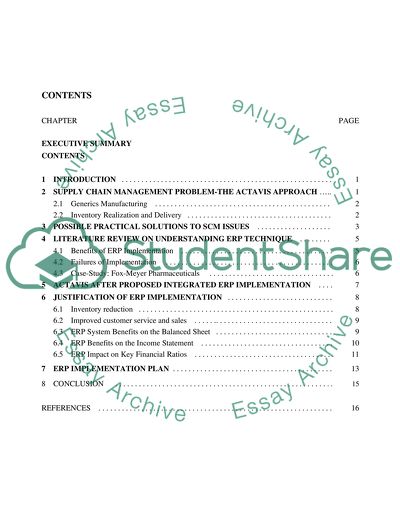Cite this document
(“Improving the supply chain management at Actavis through Essay”, n.d.)
Improving the supply chain management at Actavis through Essay. Retrieved from https://studentshare.org/miscellaneous/1524370-improving-the-supply-chain-management-at-actavis-through-implementation-of-an-integrated-erp-system
Improving the supply chain management at Actavis through Essay. Retrieved from https://studentshare.org/miscellaneous/1524370-improving-the-supply-chain-management-at-actavis-through-implementation-of-an-integrated-erp-system
(Improving the Supply Chain Management at Actavis through Essay)
Improving the Supply Chain Management at Actavis through Essay. https://studentshare.org/miscellaneous/1524370-improving-the-supply-chain-management-at-actavis-through-implementation-of-an-integrated-erp-system.
Improving the Supply Chain Management at Actavis through Essay. https://studentshare.org/miscellaneous/1524370-improving-the-supply-chain-management-at-actavis-through-implementation-of-an-integrated-erp-system.
“Improving the Supply Chain Management at Actavis through Essay”, n.d. https://studentshare.org/miscellaneous/1524370-improving-the-supply-chain-management-at-actavis-through-implementation-of-an-integrated-erp-system.


